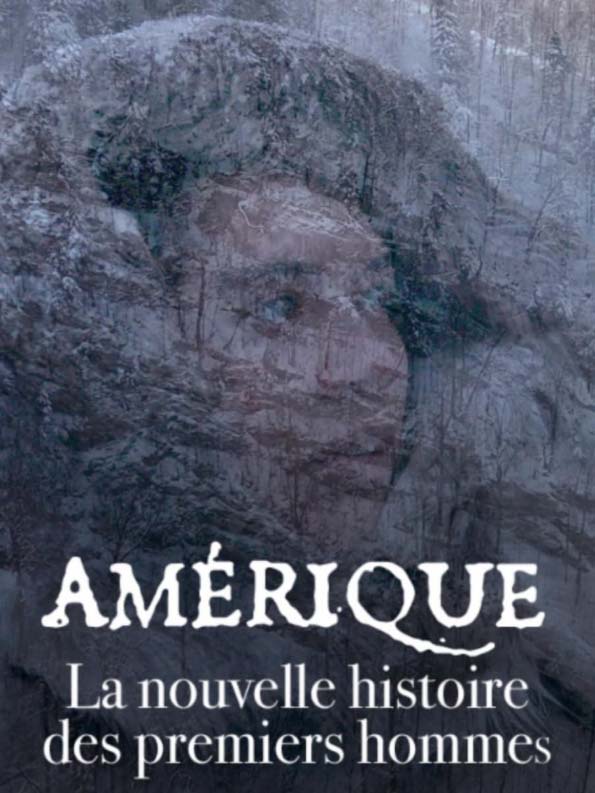Directed by Robin Bicknell

Can one small bone discovered at a site in central Mexico turn our entire understanding of human migration from Asia to the Americas upside-down? Maybe not on its own, but combined with new research conducted with the aid of cutting-edge technology – and without the Euro-centric perspective that dominated 19th and 20th-century archaeology – then the answer is a resounding “yes”. New archaeological discoveries from the Canadian Arctic down to Chile are pushing back the date of human arrival in the Americas to 30,000 years before the present era – approximately 15,000 years earlier than previously believed. The new dates place humans in the Americas during the Last Glacial Maximum, rewriting the history of human migration into the Americas and sending shockwaves through the global archaeological world. Robin Bicknell’s feature documentary Ice-Age America takes viewers on the roller-coaster ride of discovery, as archaeologists in different countries work to uncover evidence to prove their theories and have them accepted by the archaeological community.

Robin Sky Bicknell is a multi-award-winning documentary director, producer and writer living in Toronto, Canada. Her films have been broadcast on major global tv networks, including the BBC, PBS, CBC, ARTE, ZDF, and the Discovery and History Channels. Among her numerous awards are two Canadian Screen Awards (CSA) for Best Science Documentary: The Machine That Feels, which explores the extraordinary ‘human-like’ advances being made in artificial intelligence, and “Ice and Fire: Tracking Canada’s Climate Crisis”, which appeared on “The Nature of Things” hosted by David Suzuki. (“Ice and Fire” is currently streaming on the video platform CBC GEM, which offers free access to some of the best recent documentaries from Canada.)



